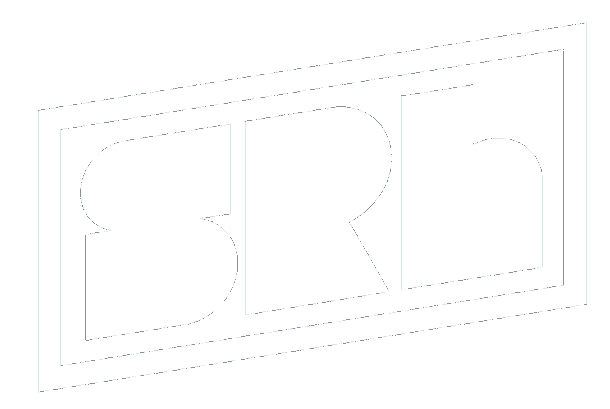Yoda’s Inner Game of Tennis
Hello! Ryan here. SRH Copywriter and former trier. It took me forever to understand what the hell Yoda was talking about when he said, “Do or do not. There is no try.”
“There is no try” made absolutely no sense to me. When I was a kid, trying was a big deal. Every single adult in my life — parents, coaches, directors and teachers — encouraged me to try and demanded that I try. And if it wasn’t going well, I had to “try harder.” I had to “try my best” no matter what I was up to — baseball, basketball, soccer, swimming, school, violin, theater, track, whatever. Wow, I was a busy kid. Anyway, even if I failed, which was often, I could say, “Well, I tried my best.” Don’t get me wrong, I had a fairly amazing childhood, a couple of great parents, and many wonderful teachers and coaches … but there was a lot of trying and failing.
Maybe you’ve read “The Inner Game of Tennis” by W. Timothy Gallwey. I read it for the first time when I was in high school. Long story short, I was a pretty good violin player then, but I was dealing with some really intense frustration. For months I had been trying to master more complicated and challenging music, but I had hit a wall. Nothing was working; I was miserable and I stubbornly refused to work on anything easier. I had reached a breaking point. That’s when my violin teacher gave me her copy of the book. She didn’t play tennis; she had the book because “The Inner Game of Tennis” is about so much more than tennis.
It’s about the difference between coaching and instructing. It’s about not placing judgment of good or bad on a particular outcome. It’s about getting out of your own head, dispelling the swirling clouds of negative thoughts that can absolutely wreck whatever you’re trying to accomplish. It’s about focusing on the right things, coming at challenges with an almost childlike exuberance, staying in the moment, and getting into a flow state that allows you to do your best work. In short, it’s about not trying. Here’s one of my favorite quotes:
“Most children learn to walk before they can be told how to by their parents. Yet, children not only learn how to walk very well, but they gain confidence in the natural learning process that operates within them. Mothers observe their children’s efforts with love and interest, and, if they are wise, without much interference. If we could treat our tennis games as we do a child learning to walk, we could make more progress. If a child loses his balance and falls, the mother doesn’t condemn it for being clumsy. She doesn’t even feel bad about it; she simply notices the event and perhaps gives a word or gesture of encouragement. Consequently, a child’s progress in learning to walk is never hindered by the idea that he is uncoordinated.”
Kids don’t try to learn how to walk. They don’t try to learn how to speak or communicate. They just figure it out. Trying is at best performative, a veneer of effort that takes you in unhelpful directions away from whatever you were aiming to achieve.
Did the book help? A little. I let go of trying a bit and started to have more fun. Then again, I didn’t really understand it when I was a teenager. I’ve read it maybe half a dozen times since then, and I find something new every time. Throughout my life, my best performances have come when I’ve completely gotten out of my head, stopped trying … and just let go. Maybe yours have too.
So experiment, explore, experience new things, find new ways of seeing the world, have fun, be the ball, play lights out for the love of the game, read “The Inner Game of Tennis.” Just don’t try. Let go of try. Because Yoda was right … there is no try.
—Ryan

